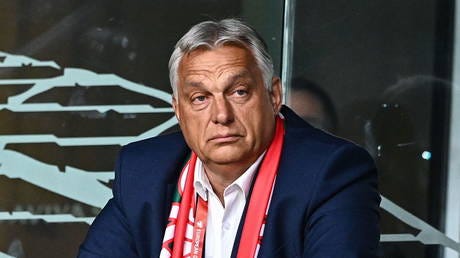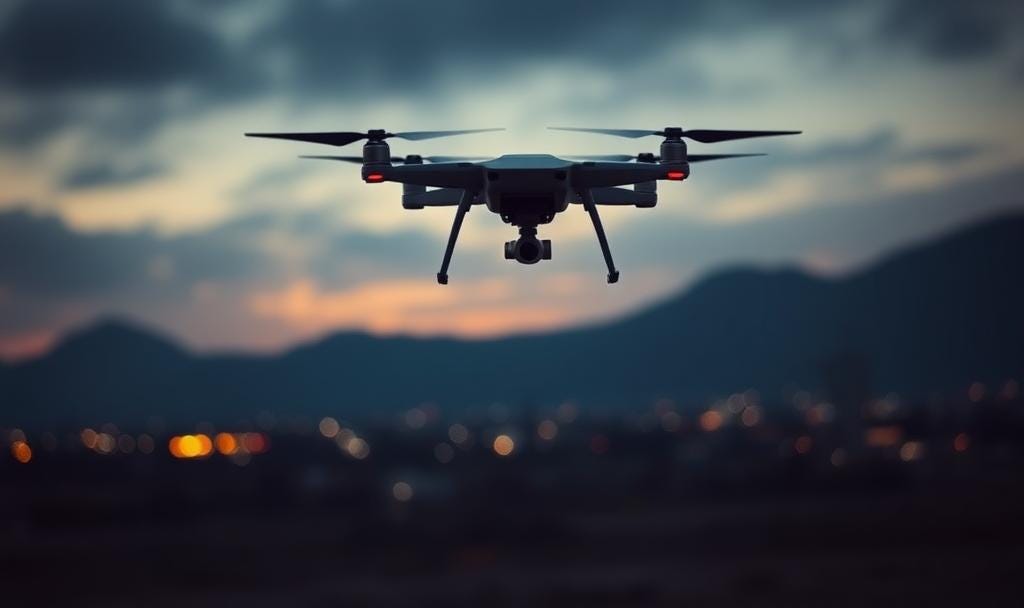Orban's Defiance at Copenhagen Summit Highlights EU Divisions on Russia and Ukraine
Hungarian Prime Minister Viktor Orbán used an informal European Council summit on October 1, 2025, to decry what he called an “aggressive push” by EU leaders toward militarization
Copenhagen, Denmark – In a pointed rebuke amid rising tensions with Russia, Hungarian Prime Minister Viktor Orbán used an informal European Council summit on October 1, 2025, to decry what he called an “aggressive push” by EU leaders toward militarization and escalation in the Ukraine conflict. Speaking to reporters, Orbán asserted that “openly pro-war proposals are on the table,” specifically criticizing plans to finance arms deliveries to Ukraine and channel EU funds toward its defense. He further lambasted efforts to “accelerate Ukraine’s entry into the EU by means of various legal tricks,” vowing that Hungary would firmly block such moves to maintain pressure on both Kyiv and Brussels.
The gathering, hosted by Danish Prime Minister Mette Frederiksen and attended by Ukrainian President Volodymyr Zelenskyy, German Chancellor Friedrich Merz, and other EU heads of state and government, was dominated by discussions on bolstering Europe’s defenses against perceived Russian aggression. While the summit underscored a broad consensus on enhancing security measures, Orbán’s remarks exposed persistent fissures within the bloc, particularly over the scope of military aid to Ukraine and the pace of its integration into the EU.
A Backdrop of Escalating Drone Threats
Orbán’s intervention came against a chilling wave of unexplained drone incursions across Europe, which have heightened fears of Russian hybrid warfare tactics. In September 2025 alone, unidentified unmanned aerial vehicles (UAVs) were spotted over civilian airports, military bases, and sensitive infrastructure in Denmark, Poland, Estonia, and Romania—prompting temporary flight bans and airspace closures in Denmark. Although no direct attribution has been made for the Danish sightings, Frederiksen warned that these events are “only the beginning,” framing them as part of Moscow’s broader strategy of sabotage, disinformation, and aerial provocations aimed at testing NATO’s resolve.
“Russia is waging a hybrid war on Europe,” Frederiksen declared ahead of the summit, urging the continent to “rearm, buy more capabilities, and innovate” in drone technology, as intelligence assessments suggest Moscow could be poised for another invasion within three to five years. Her comments echoed a growing alarm among EU leaders, who view Ukraine’s defense as inextricably linked to Europe’s own security.
Summit Outcomes: Progress on Defense, Lingering Dissent
Far from the stalemate some anticipated, the Copenhagen meeting yielded notable advancements on key security fronts. Leaders extended “broad support” to the creation of a “drone wall”—a coordinated network of anti-drone systems, surveillance, and rapid-response capabilities along the EU’s eastern borders, stretching from Finland through the Baltics, Poland, and down to Bulgaria and Romania. This initiative, inspired by Ukraine’s wartime innovations, is part of a broader package including an “Eastern Flank Watch” for real-time monitoring and an “Air Defence Shield” to counter aerial threats. The European Commission is slated to unveil a comprehensive defense roadmap within two weeks, paving the way for concrete decisions at the next EU summit on October 23-24.
On Ukraine’s funding, the summit endorsed a novel mechanism to leverage approximately €300 billion in frozen Russian central bank assets held in Europe. Under the proposed “Reparations Loan,” up to €140 billion could be disbursed gradually to Kyiv, with repayment tied to future Russian compensation for war damages—facilitated through the Brussels-based clearinghouse Euroclear. This approach, hailed as an “investment in European security,” addresses Ukraine’s urgent needs while sidestepping direct EU budget commitments.
Yet, divisions persisted. Orbán’s outright rejection of Ukraine’s EU accession—insisting on “respect the rules” before any talks begin—drew sharp criticism from Merz, who accused Hungary of undermining collective resolve. Belgian Prime Minister Bart De Wever also voiced reservations about the reparations loan, citing legal risks and potential liabilities for host nations like Belgium. European Commission President Ursula von der Leyen countered that risks would be shared bloc-wide, preserving Russian claims on the assets in the interim.
Implications for EU Unity and Beyond
As the EU presses forward with deeper military partnerships and Ukraine’s integration, Hungary’s outlier stance raises profound questions about the bloc’s cohesion and decision-making processes. Efforts to curtail veto powers for dissenting members, long a flashpoint, could intensify if such rifts deepen, potentially reshaping the union’s foreign policy architecture.
For stakeholders across Europe, the stakes extend far beyond immediate aid packages. The specter of escalation demands a calibrated response—one that balances deterrence against provocation while safeguarding regional stability. As Frederiksen put it, Europe confronts its “most difficult and dangerous situation” since World War II; the path forward will test whether unity can prevail over discord. With Russian shadows lengthening, the Copenhagen summit may mark not just a tactical pivot, but a defining moment in the EU’s strategic evolution.




